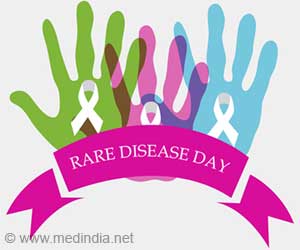Students relate to online classes differently than they do to in-person learning.
- Researchers have noted subjective and physiological differences between in-person and online learning.
- Moderate stress experienced during in-person classes positively impacts learning, memory processes and attention.
Can Learning Process be Affected by Stress?
Physiological stress symptoms include elevated cortisol levels, reduced heart rate variability and increased heart rate.Outcomes of Online vs In-person Learning
Researchers examined the heart rate variability and salivary cortisol levels of 82 students who enrolled for an anatomy course. The students were divided into two groups- online and classroom sessions. This course was taught in a hybrid manner. While one group attended the lecture in the histology room, the other students followed the same class online. The researchers used specialized sensors to monitor heart rate variability across the entire 120-minute duration of the session on a typical course day. Additionally, they collected saliva samples at the start, 60 minutes into the course, and at the conclusion. The health parameters of the students who attended online classes were measured using identical equipment and detailed instructions.Online sessions considerably reduced physiological excitation. Lower cortisol levels decreased sympathetic activity and greater parasympathetic activity were all indicators of this. The last two parameters suggestive of tension levels are calculated from heart rate variability. The students were more at ease when they attended the seminar online.
The researchers designed questionnaires to assess subjectively perceived characteristics, such as how much fun it was to take the course. One outcome was a correlation between higher sympathetic nervous system activity and satisfaction with in-person learning. The online group did not discover this association.
Source-Medindia










